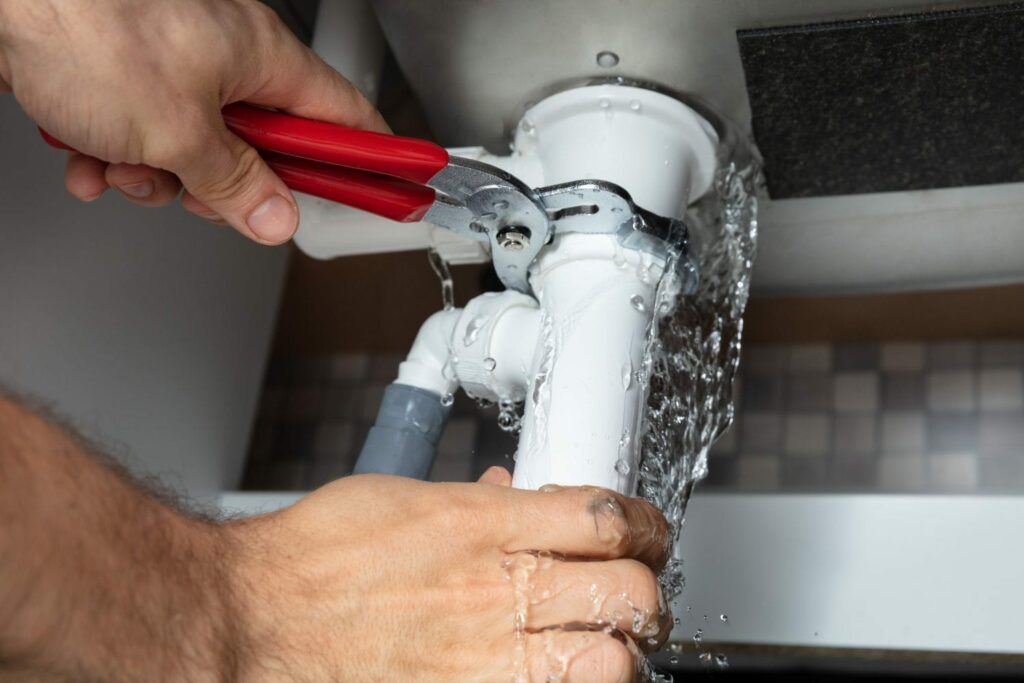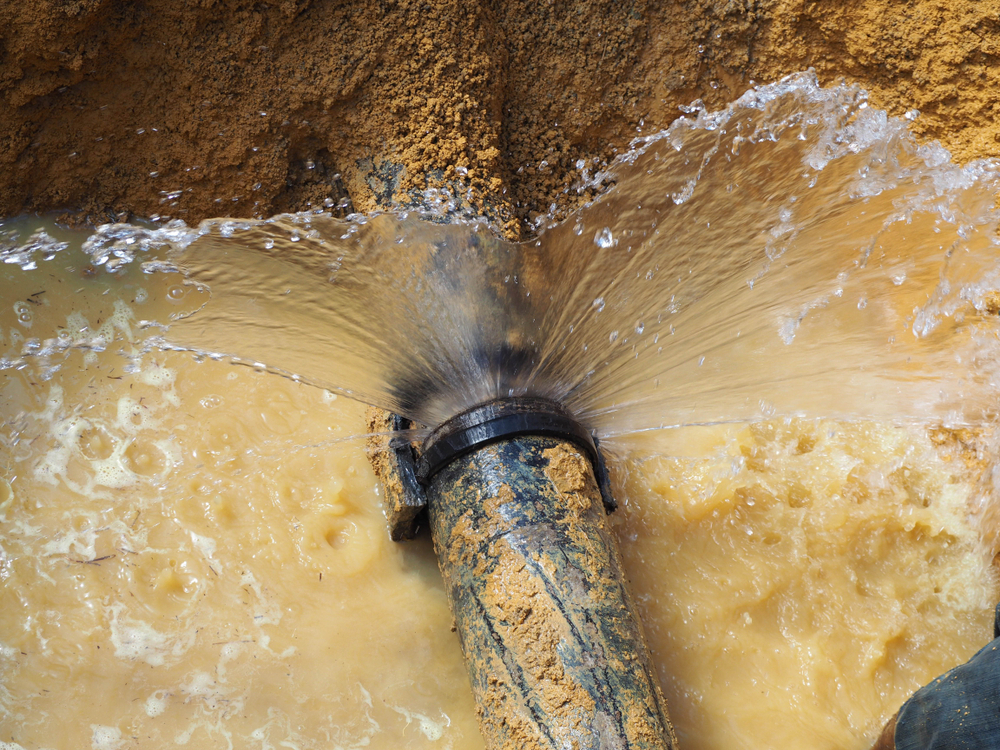Quick-Response Plumbing: Tips for Identifying and Dealing With Burst Pipes
Quick-Response Plumbing: Tips for Identifying and Dealing With Burst Pipes
Blog Article
What are your beliefs on How to Install and Connect a New Dishwasher?

A burst pipeline is a significant emergency; you can only stand as you enjoy water you pay dearly to reunite with the planet. In even worse situations, you observe a pool on your kitchen area floor, which is a wonderful trip danger, specifically if you have children around. If the pipe that ruptured remained in your walls, problem: you might require to repaint that entire area.
Just how can a calamity like a burst pipeline be protected against and handled? Well, by paying attention to your specialist emergency plumbings as well as complying with these policies.
Just how do I know when my pipes have burst?
Changing water stress
Pipelines do not simply burst in a day. You may have discovered that your kitchen tap or shower does not run promptly when you transform the faucet. It may pause for a few seconds and after that blast you with even more pressure than common.
In other instances, the water may seem typical initially, then drop in stress after a few seconds.
Polluted water
Lots of people presume a ruptured pipeline is a one-way electrical outlet. Rather the contrary. As water drains of the hole or laceration in your plumbing system, pollutants discover their method.
Your water might be polluted from the resource, so if you can, inspect if your water container has any kind of troubles. Nonetheless, if your alcohol consumption water is provided and also detoxified by the local government, you must call your plumber promptly if you see or scent anything funny in your water.
Puddles under pipes as well as sinks
When a pipe bursts, the outflow creates a pool. It might show up that the pool is growing in size, and despite the amount of times you wipe the puddle, in a few minutes, there's another one waiting to be cleaned. Commonly, you might not be able to trace the puddle to any visible pipes. This is an indicator to call a specialist plumber.
Damp walls and water stains
Prior to a pipeline bursts, it will leakage, a lot of times. If this persistent leaking goes undetected, the leakage may graduate right into a broad gouge in your pipe. One very easy method to avoid this emergency is to look out for damp wall surfaces ad water discolorations. These water discolorations will lead you right to the leak.
Untraceable trickling sounds
Pipe bursts can occur in the most undesirable areas, like within concrete, inside walls, or under sinks. When the house goes quiet, you may be able to listen to an irritatingly persistent trickling sound. Even after you have actually inspected your shower head and cooking area tap, the trickling might continue.
Beloved visitor, the dripping might be coming from a pipe inside your wall surfaces. There isn't much you can do about that, other than tell an expert plumber.
Turn up the Heat
Establish fans to blow warmth into cool spaces. Keep the garage door shut. If you have minimized water flow, warm the most prone pipes (typically in basements and also crawl spaces or near exterior wall surfaces) with a hair dryer. Leave the tap on while you apply warmth. As you melt ice, the circulation will enhance. To stop pipelines from freezing, shield your wall surfaces.
Begin Doing Away With the Water
Get hold of the wipe, pails as well as a shop vacuum cleaner to start to get rid of the water due to the fact that you definitely do not want it saturating into every little thing else in your home. Plus, a fast clean up will certainly reduce the possibilities of something getting musty.
What do I do when I identify a burst pipeline?
Your water meter will remain to run even while your water wastes. To decrease your losses, discover the major controls and transform the supply off. The water mains are an above-ground framework at the edge of your building.
How to Fix & Detect a Leaking Pipe
How Do I Know if a Pipe is Leaking?
Leak detection tests can help you determine if your pipe has a leak. Even if you don’t see an apparent leak, you should still conduct leak detection tests regularly to save water and money—and prevent major damage to your home.
Water meter. It can be helpful to figure out what your usual water meter usage numbers are and then monitor them regularly. To monitor your meter, first, turn off all water faucets in your home. Check the meter and write down the numbers. In a few hours, check the meter again. If the numbers have changed, you have a leak. Water gauge. Use a water gauge to test your water pressure. Your showerhead should produce a certain amount of water pressure based on its model and design. If the pressure is lower than it is supposed to be for that specific showerhead, your home likely has a leak. Puddles. Look inside your bathroom, laundry, and kitchen sink cabinets. Puddles around the cabinets or around toilets, tubs, showers, and washing machines indicate the presence of a leaking pipe. You may also notice loose tiles, peeling or flaking paint, or mold caused by water accumulation. Napkin test. Even if you don’t see any puddles, you may still have a leak. You can test for water leaks in the bathroom, laundry, and kitchen by wiping below-sink connections with a napkin, paper towel, or piece of toilet paper. If it becomes damp, you probably have a leaking pipe under the sink. Discolored walls. Walls that are discolored—usually with brown or yellow stains—or bulging might mean that they have been impacted by water damage caused by a leaking pipe. Smell. A leaky pipe will create sitting water, and over time, that water may develop a musty smell. If your home smells musty, but you can’t locate the source, it may be due to a leak. Steps for Fixing a Leaking Pipe
A leaky drain can be remedied by tightening the pipe base, replacing the drain seal, caulking the rim, and tightening the pipe nut. Similarly, a leaking toilet pipe can be treated by tightening the packing nut. You may also need to replace the valve. A leaky faucet may just need tightening or replacement of the washers. If that doesn’t work, consider replacing your faucet. If your pipe has a hole in it, you may want to use a pipe leak sealer or pipe leak tape. This quick fix for water pipe leaks can also temporarily fix a copper pipe leak. https://www.ahs.com/home-matters/quick-tips/how-to-tell-if-pipes-are-leaking/

I was shown that report about How to Install and Connect a New Dishwasher through an associate on a different web address. Are you aware of somebody else who is in to How to Prepare for Your Dishwasher Installation? Be sure promote it. Thanks a lot for your time. Visit again soon.
Free Quote
Report this page